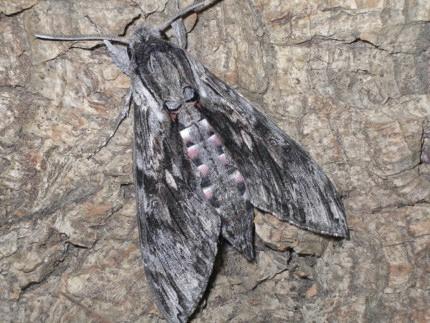Melwood in Lockdown Whilst many of the local clubs and societies are managing to conduct virtual meetings, Zoom cannot be used to cut back brush or coppice bushes! We have managed three work parties since the first lockdown but clearly we will have to have to prioritise what work gets done and what gets left until next year. In June, we raked up cut grass off the meadow and cut areas where spring flowers such as Hedge Parsley and Garlic Mustard had gone to seed. Cleavers was raked or pulled clear of protected young trees to ensure it did not smother their new growth, which has progressed well this year. We never normally work in the wood during July and August, as plants need to put on growth in this period and workers need their holidays. For most, the latter did not happen in 2020 but the trees were still left in peace. September saw the start of our autumn round of brush cutting and this continued into October, ensuring that the spring flowers have room to emerge and grow. Spring is always the most colourful time in the wood, starting with the snowdrops from as early as January and progressing to Bluebells and Daffodils by the end of April. Some coppicing is still needed and it is likely that the nest boxes will have to remain uncleaned. It will be a case of ‘wait and see’ to determine how much we will be able to achieve in December, January and February, although February is a bit too late for disturbance of nest boxes. Perhaps the Blue tits and Great tits can learn a lesson from the Great Spotted Woodpeckers, that have used the same nesting hole for the past three years. I assume they have done any cleaning needed themselves. I tend to forget about them until I hear the young calling for food in the spring. The meadow is getting seriously overrun by Stinging Nettles and White Dead-nettle, to the detriment of the grasses and all other smaller flowers; a cut before the cowslips and primroses emerge would be ideal. In the summer months the stinging nettles might have been of use to the Red Admiral butterfly that I saw sunning itself on their foliage about midday on 5th November but at this time of year, it is difficult to know what will be the fate of such a late specimen. There is increasing evidence that this traditionally migrant species may now be managing to over-winter further north than previously. One sighted in the same 36
Issuu converts static files into: digital portfolios, online yearbooks, online catalogs, digital photo albums and more. Sign up and create your flipbook.









